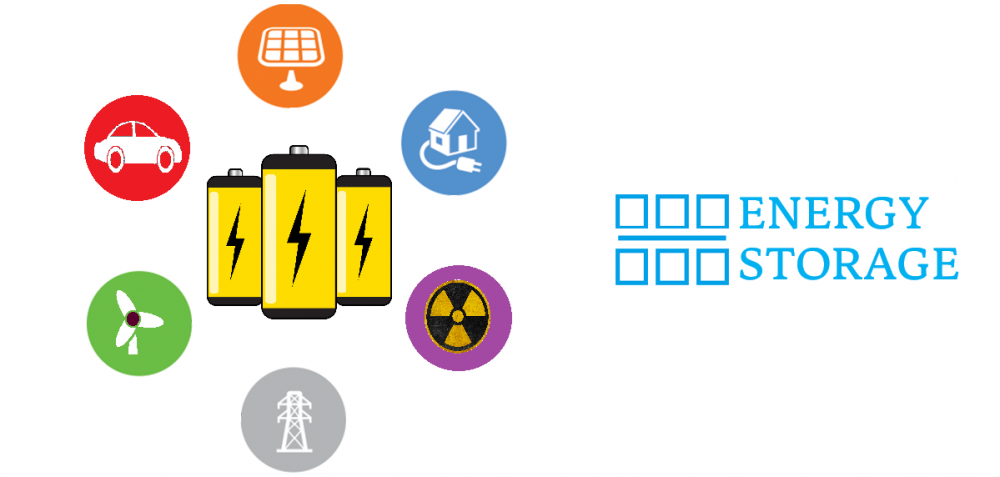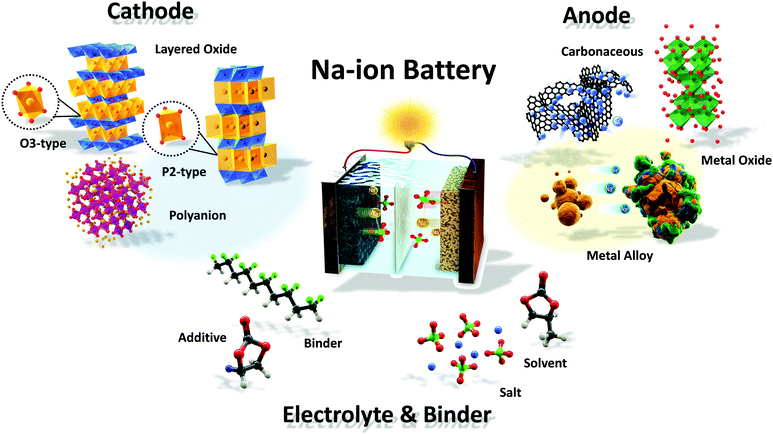The modern electrified world is dependent on Li-Ion batteries, but as it stands they are too unreliable in nearly every measure. They catch fire, they degrade much too quickly, they are taxing on the environment[1], and they simply don’t fulfill our growing output and storage needs[2]. The potential of solid state Li-Ion batteries to resolve these drawbacks cannot be overlooked, the improved cell safety, durability, and effectiveness of solid state battery cells holds the power to revolutionize and truly legitimize battery-powered travel and grid-scale storage. The work being done to discover new materials that fulfill the requirements of solid state technology is producing promising results, with proper demand and support, there is a very good chance that important breakthroughs can happen.
We are currently in a climate where the need for more sustainability is growing increasingly dire and the limitations of current batteries are a barrier to achieving that end. It is now clear to me that this technology has not moved in a terribly strong fashion towards viability. However, technology moves fast these days and over a year ago we heard claims of not just viability, but scalability from Fisker Inc. CEO[3] suggesting that while we are still a bit farther off from this technology than would be ideal, there is perhaps a significant shift bubbling to the surface of the battery industry. Alternatively, more conservative stances like that of Panasonic, claim that it will be another decade before solid state batteries are out on the road and in power banks. When the issue of connectivity between the electrode and electrolyte is resolved there will be little holding SSBs back other than the usual difficulties of mass production, something Henrik Fisker also claims to have overcome[3]. It simply cannot be stressed enough how vital innovations such as solid state electrolytes are to creating a cleaner more sustainable grid.
SSBs promise to make all-electric transportation truly mainstream. By driving costs down, making certain safety measures nearly obsolete. The reduction in cell size and weight would allow EV manufacturers to fit more cells, safely inside their vehicles, improving ranges. Additionally, the longer cycle life of solid state cells would extend the lifespan of EVs. Making them a more attractive long term investment. The place where this technology shines brightest is in the all-electric transportation industry, and without innovations like SSBs there seems to be a much longer wait in store for us.
References
1. Doughty, D. H. & Roth, E. P. A General Discussion of Li Ion Battery Safety. Interface magazine 21, 37-44 (2012).
2. Janek, J. & Zeier, W. G. A solid future for battery development. Nature Energy 1 (2016).
3. Hanley, S. Solid-State Battery Production Will Begin Soon, Claims Henrik Fisker. CleanTechnica (2018). Available at: https://cleantechnica.com/2018/08/19/solid-state-battery-production-will-begin-soon-claims-henrik-fisker/.(Accessed:3rd October 2019)4. Takada, K. Progress and prospective of solid-state lithium batteries. Acta Materialia 61, 759-770 (2013).




